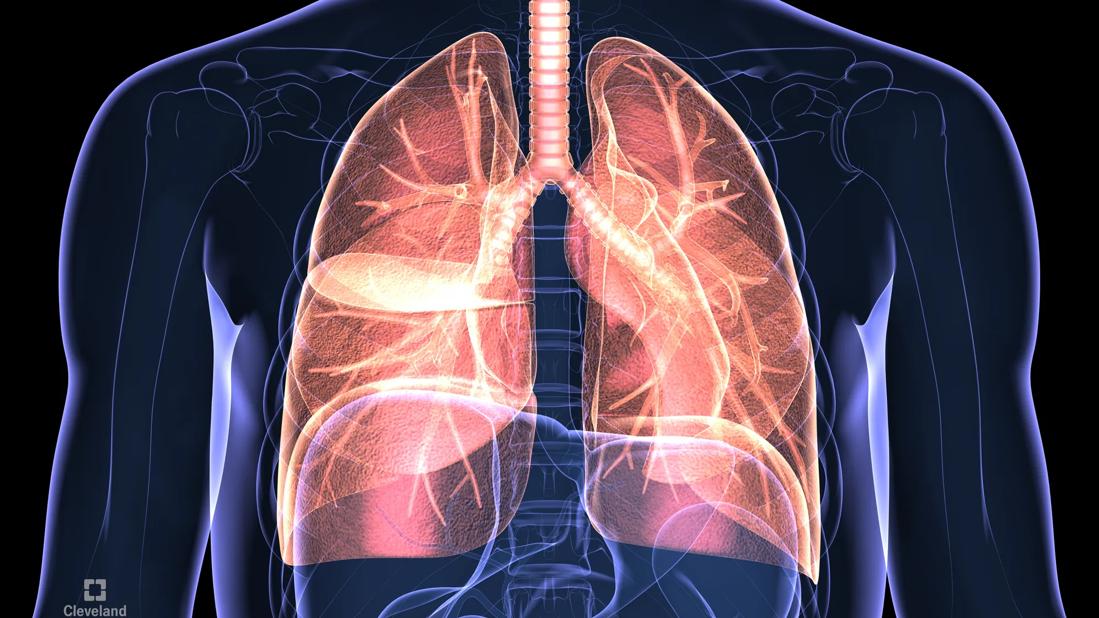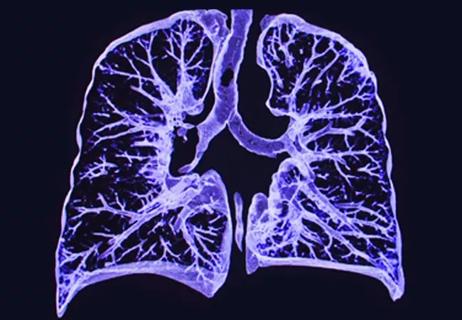Potential options for patients who do not qualify for modulator therapies

Two decades ago, patients with cystic fibrosis (CF) rarely survived beyond their 20s or early 30s. Now with the advent of modulator therapies, people with CF can live well into their 60s and 70s. But for the small subset of patients who are ineligible for these treatments, hope remains elusive.
Advertisement
Cleveland Clinic is a non-profit academic medical center. Advertising on our site helps support our mission. We do not endorse non-Cleveland Clinic products or services. Policy
Currently, there is optimism surrounding a new generation of gene-based therapies representing the next step for cystic fibrosis treatment. Clinical trials are underway for inhaled mRNA therapies that could offer a powerful alternative for patients who don’t benefit from modulators.
“I get excited about any technologies that push the envelope,” says transplant pulmonologist Jason Turowski, MD, director of Cleveland Clinic’s Adult Cystic Fibrosis Program. “We’re in a time where we’re seeing CF patients live as long as the rest of the population. These mRNA therapies could potentially help people who have been left out by the modulator era.”
Unlike cystic fibrosis modulators, which correct or improve the function of defective CFTR proteins, mRNA therapies aim to provide a functional cure by delivering a genetic code to lung cells that instructs them to produce the protein properly.
“This inhaled molecule is designed to actually correct the coding to make a functional protein from the beginning,” explains Dr. Turowski.
Dr. Turowski notes that the therapy is inhaled via nebulizer to deliver the genetic material directly to the lungs, contained within a proprietary fat molecule.
Importantly, the treatment doesn’t provide a permanent cure, he adds. Improvement will only last until treated lung cells die off and are replaced.
“It’s not as if you can just take it once like some kind of super-serum,” he says. “It’s still going to require at least monthly maintenance.”
Another key limitation: while CF modulators work systemically, mRNA therapies will provide only localized treatment.
Advertisement
“Remember, CF is not just a lung disease,” Dr. Turowski says. “It has sinus, gastrointestinal, pancreatic and other manifestations, and the modulators address all of it. These inhaled mRNA therapies are only going to the lungs.”
So, while more than 90% of CF patients are now able to live healthy lives with modulator therapies, there are still patients who don’t have options to manage their disease. For these patients, mRNA therapies could be a lifeline.
Dr. Turowski notes that the technology involved in the treatment already exists and is currently being used to treat patients with liver failure.
Cleveland Clinic is also participating in clinical trials of inhaled mRNA therapies for CF, but Dr. Turowski says recruiting patients is a challenge. Candidates must be from the small group of patients who are ineligible for modulators but also have sufficient lung function to tolerate therapy, with FEV-1 above 40 percent.
“You can imagine, if their lung function is already good, why would they do an experimental therapy, and if their lung function is bad, they don’t qualify,” he says. “And for the rest of our patients, most are already safely on modulators.”
Dr. Turowski says the new mRNA therapies don’t represent a silver bullet for cystic fibrosis but rather are one more tool to help patients alongside antibiotics, modulators and lung transplants.
Looking ahead, he is hopeful that other genetic therapies could be on the horizon — maybe even a strategy that could manage the disease long-term.
Advertisement
He explains, “In the future, if there is a way to correct the gene on the genomic level, so the lung itself keeps encoding the protein properly and the CFTR is no longer dysfunctional at all, then that’s the real cure.”
Advertisement
Advertisement

New study reveals perceptions from specialists, offers recommendations to strengthen collaboration

As median survival increases among patients with CF, clinicians must now be aware of previously uncommon comorbidities emerging as this patient population ages

The importance of delivering the gold standard approach, even when it's relatively late

While logistical questions remain about RPM, its benefits for both patients and caregivers are abundantly clear

The progressive training program aims to help clinicians improve patient care

New breakthroughs are shaping the future of COPD management and offering hope for challenging cases

Exploring the impact of chronic cough from daily life to innovative medical solutions

How Cleveland Clinic transformed a single ultrasound machine into a cutting-edge, hospital-wide POCUS program